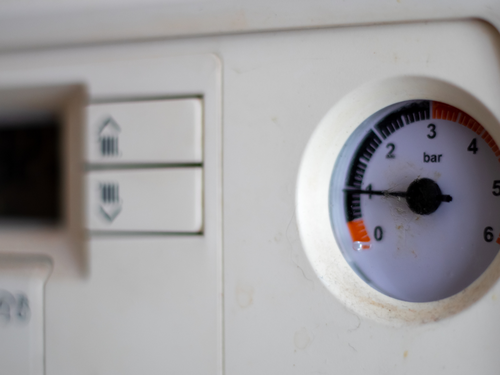In a world of volatile markets and economic uncertainty, gold has always managed to retain its value. That’s why it’s one of the most trusted stores of value, a hedge against inflation, and a favourite among both investors and traders.
Whether you’re new to trading in gold or just curious about the hype, here’s a practical guide to understanding trading and investing in gold and how you can make it a part of your financial strategy.
Why Gold?
Before talking about making your first trade or investment in gold, it’s important to understand why gold is so valued.
Almost every trader agrees that gold trading is one of the best decisions you can make. This is because gold is a:
- Safe-haven asset. In times of crisis, gold tends to hold its value or even increase while other assets fall.
- Hedge against inflation. When fiat currencies start losing their purchasing power, gold usually becomes more appealing.
- Limited supply. Unlike paper money, you can’t just print more gold, so it’s more valuable.
Ways to Invest or Trade in Gold
There’s more than one way to gain exposure to gold.
Depending on your risk tolerance and trading or investment style, you can choose from these five options:
- Physical Gold
This refers to gold bars or coins that can be stored in vaults or at home. Physical gold is best for long-term investment, and doesn’t really hold up well for active trading.
- Gold ETFs
Exchange-Traded Funds (ETFs) track the price of gold without owning it physically. These are highly liquid and easy to trade on stock exchanges.
- Gold Mining Stocks
This involves investing in companies that produce gold. Gold mining stocks also offer exposure to gold prices and company performance.
- Gold Futures and Options
You can also trade or invest in future contracts that let you speculate on gold price movements. This option is ideal for experienced traders due to high leverage.
- Online Gold Trading Platforms
You can also trade gold via CFDs (Contracts for Difference) or other leverage instruments. Online platforms give you real-time access to global markets, often with low spreads.
What Affects Gold Prices?
When you’re trading or investing in gold, you need to know what drives its price.
Some factors include:
- Global economic conditions. Weak economies often push gold prices higher.
- Inflation and interest rates. Higher inflation means more demand for gold.
- USD strength. Since gold is priced in dollars, a weaker USD makes gold cheaper globally.
- Geopolitical instability.
Tips for Gold Traders
If you want to make smarter traders, here are some key tips to keep in mind:
- Use technical analysis. Look for patterns and moving averages.
- Keep an eye on economic calendars. Major announcements and reports can cause price spikes.
- Don’t over-leverage. Always use stop-loss orders.
- Stay updated. Follow reliable financial news outlets and analysis blogs.
Conclusion
Gold has been valuable for thousands of years, and it’s still holding strong. Whether you want to hedge your portfolio or just explore a new trading area, gold offers both stability and opportunity.
Just remember that, like any asset, it’s not a guaranteed win.



